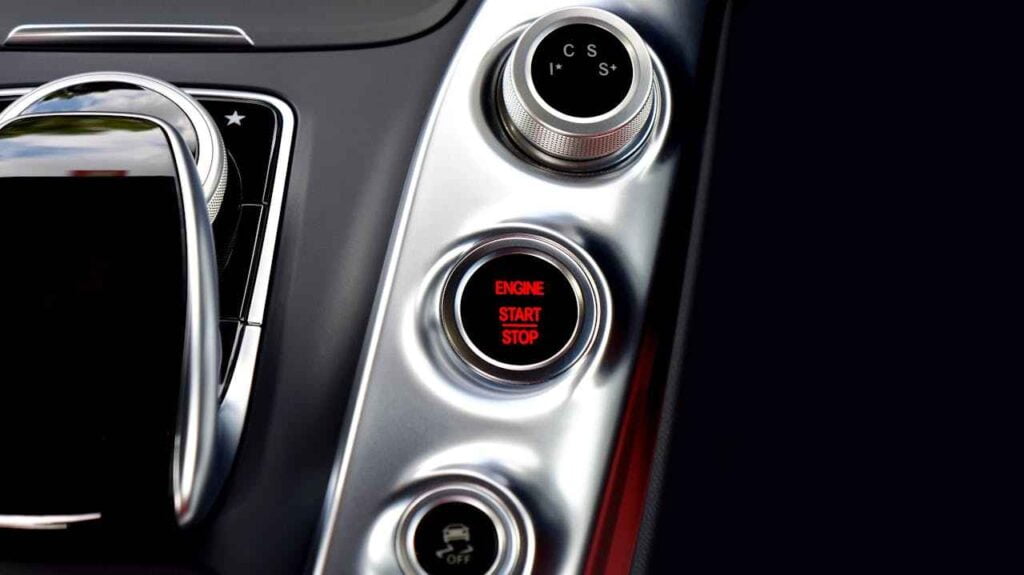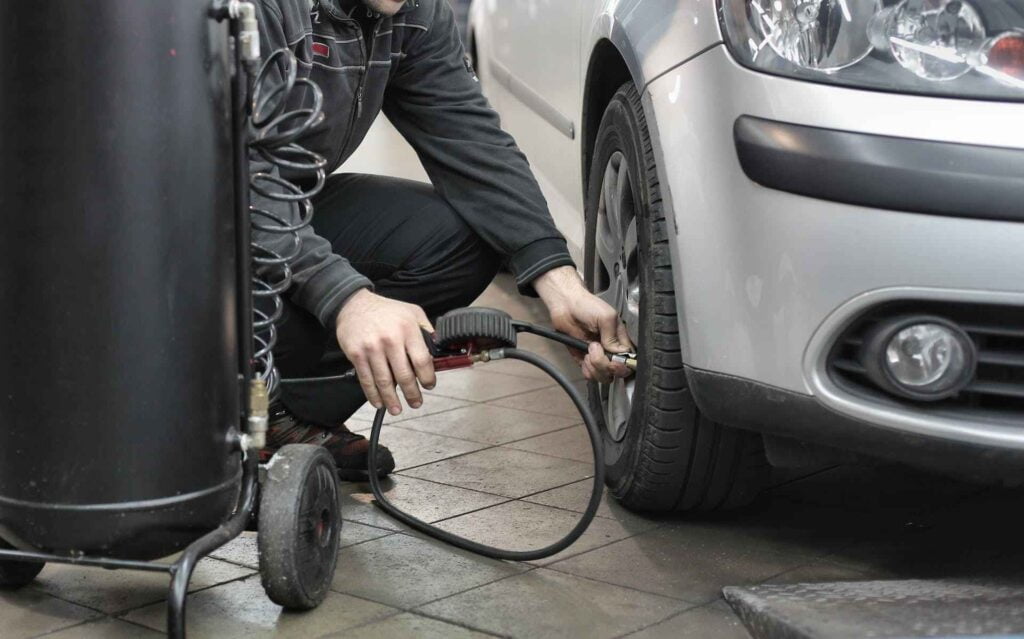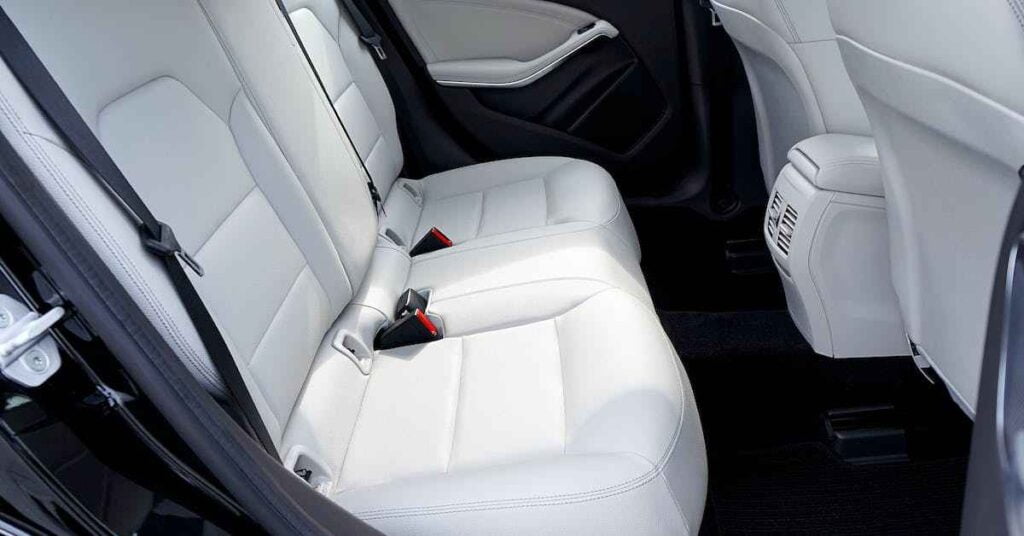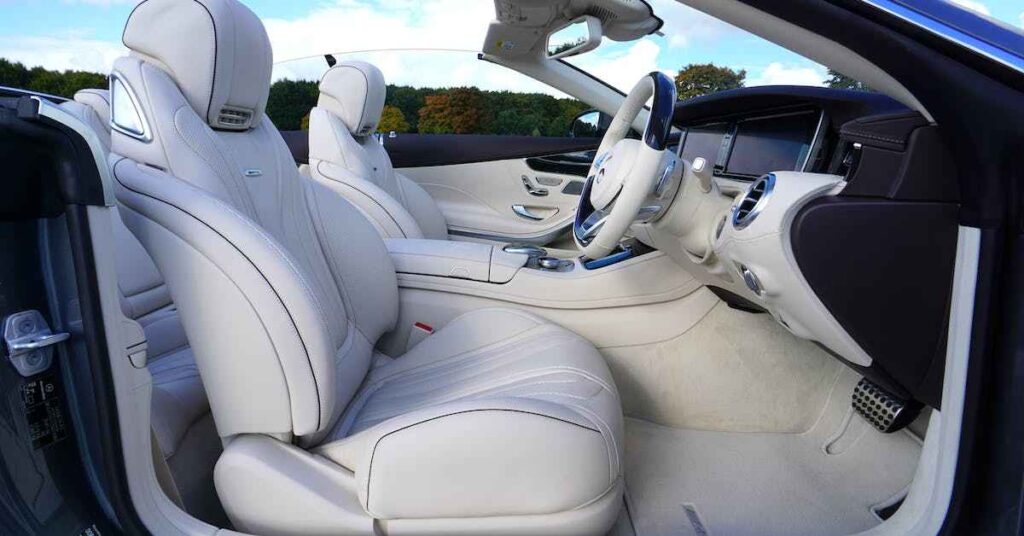When you cannot start your vehicle and the engine won’t turn over, it’s an annoying feeling. Although the battery may seem to be the cause, the ignition switch may occasionally be the issue.
The most common cause of ignition switch issues is water intrusion. Due to the connectors’ susceptibility to corrosion and moisture, there are both mechanical and electrical issues.
Another potential cause of an ignition switch failure is loose connections, which open the circuit and result in electrical failures.
Don’t worry if the ignition switch on your car is broken—we can assist! We’ll show you how to start a car with a bad ignition switch in this article.
- Signs of a Bad Ignition Switch
- Ignition Switch: How Does it Work?
- Can An Electrical Switch Go Wrong?
- How To Start a Car With a Bad Ignition Switch
- Directions For Hotwiring a Car With a Bad Ignition Switch
- Starting a Vehicle With a Drill And Screwdriver
- Ways To Use Jumper Or Booster Cables To Start A Car With A Bad Starter Switch?
- How Can a Bad Switch For Ignition Be Fixed?
- What Can I Do To Avoid Vehicle Starter Switch Problems?
- Can I Change An Ignition Or Starter Motor On My Own?
- FAQs
- Conclusion
Signs of a Bad Ignition Switch
Preventing a faulty ignition switch is preferable to treating it later, and the best way to do so is to recognize its symptoms early on. The following are some warning signs to be aware of:

- The motor refuses to start. This is the clearest sign that one has a faulty ignition system. If the car cranks but won’t start when you turn the keys in the ignition, you may have an ignition issue.
- The key is unresponsive. A key that turns slowly is one indication that the ignition switch is faulty. Keys that won’t turn should be fixed right away because they might be signs of significant damage. An additional cause of frustration if the key won’t turn is that it could become stuck inside due to an ignition switch malfunction.
- Stalling vehicle. A car that stalls is another sign of a broken ignition or starter switch. A malfunctioning electrical switch is one of the most common problems to investigate, even though a stalling car could be an indication of many other problems.
- There is no sound from the starter. Turning the key and hearing nothing from the starter could mean a number of problems, such as a dead or bad battery, damaged electrical wiring, or, yes, an ignition or starter switch that isn’t working properly.
- There is a jammed steering wheel. There is a mechanical starter switch lock inside the steering wheel. This safeguards the vehicle when it is parked by locking the steering. It is wise to have your car checked out if you see any anomalies, like a steering wheel that is hard to turn.
- The accessories on the car are not powered on. If your car’s wipers or radio don’t come on when you turn on the key, there might be an issue with the electric supply to the ignition. It is not advisable to drive a car without examining this case, even though it might be the result of another issue.
- The dashboard’s lights flicker. Numerous problems, such as low battery life or an upcoming oil change, can be indicated by warning lights. Nonetheless, an ignition problem might be the cause if you see flickering lights on your car’s dashboard. Finding the problem’s origin may be aided by inspecting the vehicle.
Ignition Switch: How Does it Work?
The ignition switch on most cars is taken for granted. While many are aware of how to start the car, many are unaware of the actual process involved in turning on the key or pressing the button.
The functioning of an ignition switch and some advice on how to facilitate a cold-weather start for your car are described below.
We’ll also discuss how keeping up with routine spark system maintenance can help you avoid some types of issues before they arise. Let’s go over some fundamentals of automotive electricity first, though.
The electrical systems in cars and houses are extremely similar. Three crucial components of your car are powered by the electricity that your ignition switch regulates:
The power-supplying battery
The engine is started by the starter.
The ignition coil (or coils), which produce sparks to ignite
A wire that goes straight to the starter solenoid receives current from your battery when your ignition key is turned on. Due to this, the starter drive shaft’s gear teeth on both sides (negative and positive side) are engaged by the solenoid, which then activates and draws in a lever.
When all of this gearing is engaged, the motor requires significantly less effort to turn over—just enough to meet its own power requirements.
Let’s now turn on the engine.
A switch that delivers current to the ignition coil(s) is activated when you turn the key to “Start.” An electrical charge is transformed into high heat and pressure by the ignition coil, creating a spark.
This spark ignites a tiny pocket of air/fuel mixture in each cylinder if the timing is right. Your car moves because of the power generated by the combustion that follows, which turns the drive shaft and forces the pistons downward.
Can An Electrical Switch Go Wrong?
The electrical switch in your car can malfunction for a few different reasons. The most frequent issue is water intrusion. It may also corrode and eventually malfunction if it gets wet. A loose connection is another issue that might be causing sporadic power outages.
The good news is that you can avoid the majority of these issues by giving your car’s ignition or spark system routine maintenance. Make sure everything is in working order by having your ignition or spark system serviced at least once a year.
How To Start a Car With a Bad Ignition Switch
After learning how an ignition or starter switch operates, let’s look at some advice on how to start a car that has a malfunctioning one:
Consider rotating the car key in the other direction. Strange as it may sound, this can occasionally start the engine.
If the gearbox on your car is manual, try shifting it into neutral and then turning the car key.
To start your car, use a booster cable. Attach one end of the cable to your battery’s positive terminal and the other end to your friend’s battery’s positive terminal. Before you proceed, make sure both batteries are completely charged!
Should everything else fail, you might have to get your car towed or have it serviced by a mechanic. Alternately, consider other approaches!
Directions For Hotwiring a Car With a Bad Ignition Switch
As with the previous section, the first step is to remove the panels surrounding your battery. Next, take a socket wrench or screwdriver to loosen the four bolts holding it in place, and if necessary, remove them with pliers.
Two wires are required once the battery is removed. One red wire is for the positive (+) end of an automotive battery terminal connector, which is located near the airbag cover attachment point on the left side panel in the top center position.
This will go into one post, and another, through a tiny hole drilled there by the manufacturer when the vehicle was first built, will go into the bottom right corner post from underneath. Don’t forget about the ground wire!
Just connect those three parts before starting the engine again. If anything else malfunctions during that process, everything will revert to its initial state, which is not what you want.
Starting a Vehicle With a Drill And Screwdriver
First, remove the black plastic cover that sits atop your steering column with a screwdriver. Because it is fastened in place with two screws, it should be easy to remove.
After removing the cover, examine the ignition switch. Three tiny holes ought to be visible next to one another. The ignition switch connects to the vehicle’s electrical system through specific connectors.
Place the proper tool into each of these holes and rotate it clockwise using a drill or a screwdriver. Watch out that you don’t break anything else while doing this!
After turning for a few minutes, you ought to have no trouble starting your car. Just be sure to drive off with everything restored to its original state!
Ways To Use Jumper Or Booster Cables To Start A Car With A Bad Starter Switch?
Use booster cables to start a car if the electrical switch isn’t working properly. Locate the positive terminal of the battery in your car firstly, along with the negative terminal.
Next, connect the black end of the cable to an external power source, such as the battery of another car or your home charger pack; the other ends join these wires at the appropriate locations (red for +).
Your automobile ought to start without any issues if you’ve followed these instructions. Please take care to prevent an electrical fire from starting if the jumper cables come into contact with one another while the car is running.
How Can a Bad Switch For Ignition Be Fixed?
With the correct equipment and knowledge, most people can repair a broken ignition switch, even though it’s not an easy task.
In this example, we’ll use some common household items, like duct tape or wire coat hangers, along with two wires that might need to have their insulation removed before being connected with solder, which is a mixture of lead and tin.
Additionally, you should test these connections by inserting both ends into 12 volt sockets on either side of the battery terminals of your car, exactly as you did the first time, to ensure that no current passes through any other system parts until all three parts, which were disconnected earlier during the removal process, come back down.
If everything functions as it should, you can celebrate knowing what the ignition or spark system’s problem is.
You should probably take your car to a mechanic if you’re still having trouble getting your ignition switch to start. They’ll have no trouble identifying the issue and resolving it for you!
What Can I Do To Avoid Vehicle Starter Switch Problems?
Maintaining the ignition system in your car on a regular basis is the best way to bypass the ignition switch issues in your vehicle.
Verify that every wire is rust-free and clean.
Inspect for broken insulation or loose connections; replace as needed.
Observe these procedures each and every time you drive a vehicle:
Before removing the key from the starter switch or stopping the engine, turn it to the “Off” position. By doing this, any sparks that could arise from disconnecting a wire while it is still energized will be avoided.
They are not capable of causing an explosion if there is no power passing through them! It might be necessary to take off a few panels near the battery to gain access without destroying anything else in the area, like wiring harnesses, etc. Using a socket wrench, remove the four bolts holding this panel in place.
Ensure that the key is in the “Off” position prior to unplugging any cables.
When servicing the electrical system in your car, proceed with extreme caution. Injuries are easy to sustain if you’re not careful!
Can I Change An Ignition Or Starter Motor On My Own?
It is generally advisable to leave the replacement of an ignition switch to the experts because it can be a challenging task. However, if you’re determined to give it a shot, here are some pointers:
Ensure you have the appropriate equipment. A screwdriver, pliers, and maybe a wrench are required.
Before starting any work on the ignition system, disconnect the battery.
Exercise caution when taking out the old switch. There might be tiny pieces that break off and disappear.
Use extreme caution when replacing the switch because even a small mistake could harm the electrical system in your vehicle.
FAQs
Is It Possible To Start My Car With A Wire Coat Hanger?
Although it’s not advised, a car can be started using a wire coat hanger. It’s a dangerous move that could lead to electrical system damage in your car. It is advisable to let the experts handle this kind of repair.
What is the Lifespan of an Ignition Starter Switch?
We all know that when something is used properly according to instructions, it tends to last a long time. An ignition starter switch can last for many years with proper use and maintenance. However, it can become defective over time due to wear and tear or electrical issues.
Can a Bad Ignition Switch Bring Damage to My Car?
The starter switch on your car is like a little hiccup that could mess with the entire electrical system and cause more headaches later on if it starts acting up or fails. When you notice any issues, don’t wait to have them checked and fixed.
Conclusion
Now you know how to start your car even if your ignition or starter switch isn’t working properly. And it’s alright if not.
Experts are on hand to offer assistance! Just remember to give your car’s electrical system regular maintenance. This will help to prevent problems in the future. Thank you for reading!




